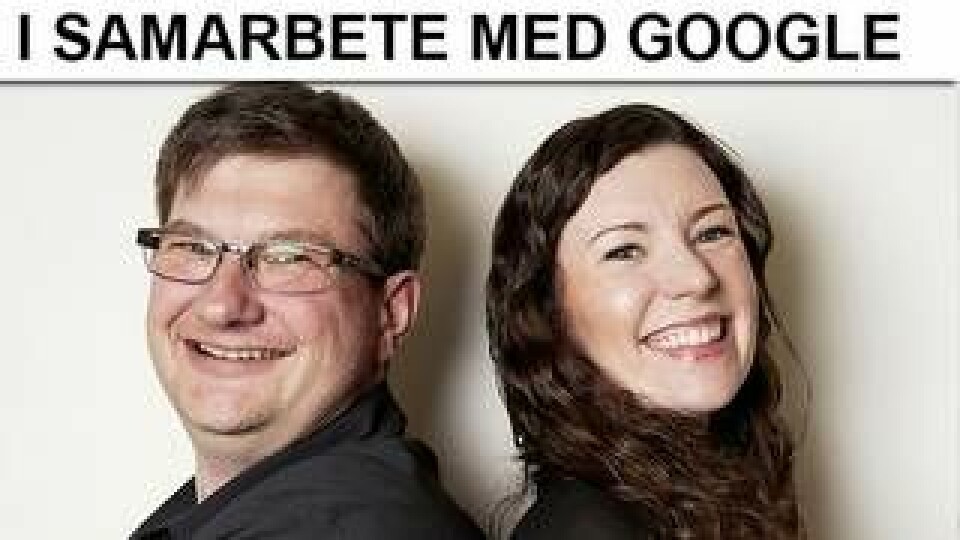Lediga jobb
-

Enhetschef till Främmande underrättelseverksamhet
-

Driftledare Underhåll till helautomatiserad återvinningsanläggning
-

Utredare PSA inom systemteknik
-

Projektledare inom säkerhetsskydd
-

Teknisk projektledare inom säkerhetsskydd
-

Systemutvecklare med DevOps fokus till Göteborgsområdet
-

Javautvecklare till Göteborgsområdet
-

Nätverkstrafikanalytiker med aktörsfokus
-

Handläggare med inriktning övning, utbildning och samverkan
-

Enhetschef för Datacenterinfrastruktur
















































